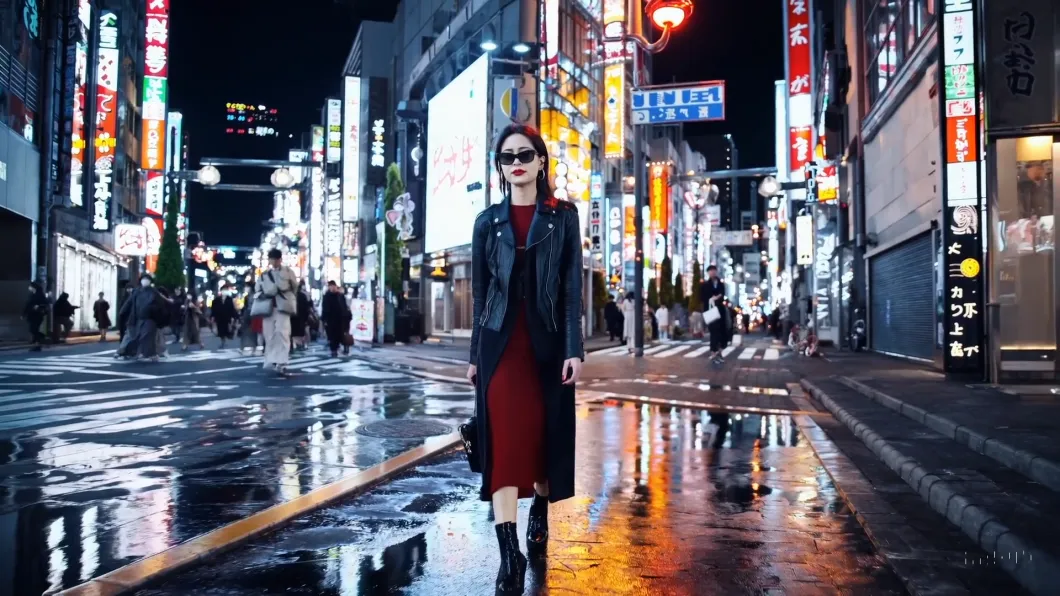OpenAI Sora 2: The Next Frontier in Text-to-Video AI

OpenAI’s expected release of Sora 2 is stirring up discussions in the AI community. Earlier versions showed how text prompts could become short video clips with smooth rendering and creative control. Sora 2 promises longer duration, higher fidelity, and better editing features. For businesses, it could change how video content is produced, scaled, and automated. At Scalevise, we help organizations integrate such AI workflows into real pipelines.
What Is Sora?
Sora is OpenAI’s text-to-video model. It can generate realistic short clips (up to ~20 seconds in Sora Turbo) from text prompts, in different aspect ratios. It is available in ChatGPT Plus and Pro plans.
Reference: OpenAI Sora overview
Why it matters:
- Democratizes video production, similar to what DALL·E did for image generation.
- Enables rapid prototyping, storytelling, and content creation at scale.
- Opens new opportunities in marketing, design, and education.
For businesses, this means video no longer has to be a bottleneck.
Sora 2
Also See: Google Veo 3 vs OpenAI Sora 2
What To Expect in Sora 2
Although details are not official, based on the trajectory of Sora and generative video research, we can anticipate:
- Longer clips — 30 seconds, 60 seconds, maybe more
- Higher resolution — potential 4K output with better detail
- Temporal consistency — objects remain stable across frames
- Physics realism — more accurate motion, collisions, and fluidity
- Editing control — object replacement, region masking, re-rendering
- Multimodal prompts — combining text, images, and video as input
- Efficiency — faster previews, lower costs
- Governance — watermarking and provenance metadata
Technical Innovations
Sora builds on diffusion-based video generation with transformer architectures. Known features include latent space denoising and temporal conditioning.
Research suggests Sora 2 could add:
- Hierarchical diffusion for coarse + fine detail balance
- Temporal attention modules for continuity
- Physics-aware priors to reduce unrealistic motion
- Dynamic prompts across the timeline
- Model compression for faster rendering
Reference: Arxiv paper on artifact detection
Also See: Deepfake protection in Sora 2
Use Cases
Sora 2 could accelerate workflows across industries:
- Marketing: ads, social videos, campaign variations
- Entertainment: pre-visualization, storyboarding, animation tests
- Education: simulations, scientific visualizations
- Corporate Training: onboarding and explainer videos
- Product Demonstrations: virtual demos, unboxings
- Architecture & Real Estate: immersive walkthroughs
Risks and Limitations
Generative video still faces challenges:
- Flickering or inconsistent objects across frames
- Physically unrealistic motion in complex scenes
- Bias or stereotyping in outputs (Wired analysis)
- Intellectual property concerns
- Deepfake misuse and misinformation risks
- Legal and regulatory uncertainty
These make governance and review essential. Learn how we advise on governance at Scalevise.
Governance and Compliance
Key principles for responsible adoption:
- Consent & likeness rights: no generation of real individuals without approval
- Watermarking & provenance: clear AI identification
- Bias audits: reduce stereotyping and harmful patterns
- Content moderation: filters against violence, defamation, or abuse
- Legal frameworks: align with copyright and data privacy laws
Competitive Landscape
Sora is ahead of many, but others are active:
- Runway Gen-3
- Google Veo
- Meta’s Make-A-Video
- Open-Sora (community project): GitHub
OpenAI’s integration into ChatGPT and API products will make Sora 2adoption much smoother than competitors.
Conclusion
If OpenAI delivers Sora 2 with longer duration, better fidelity, and stronger controls, it will reshape how video is produced. But risks around bias, misuse, and IP remain. Companies that prepare governance, automation, and prompt engineering strategies today will be ready to capture the benefits.
